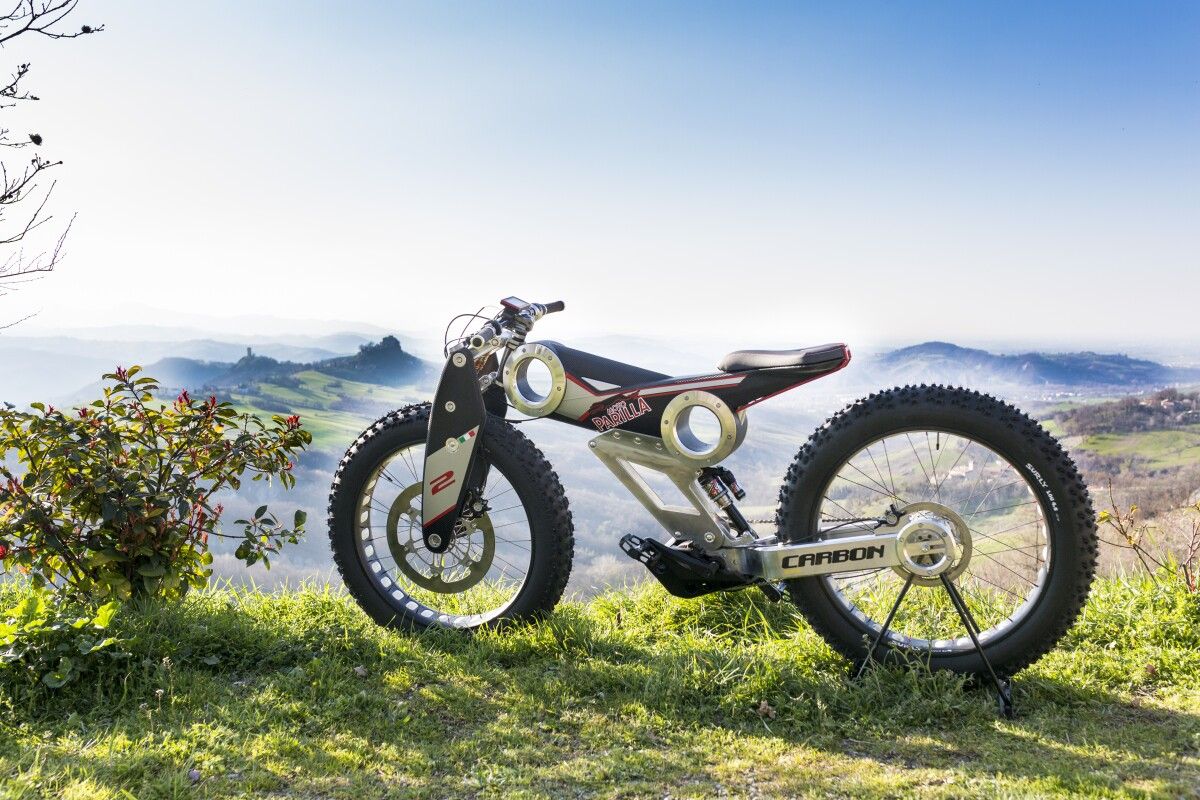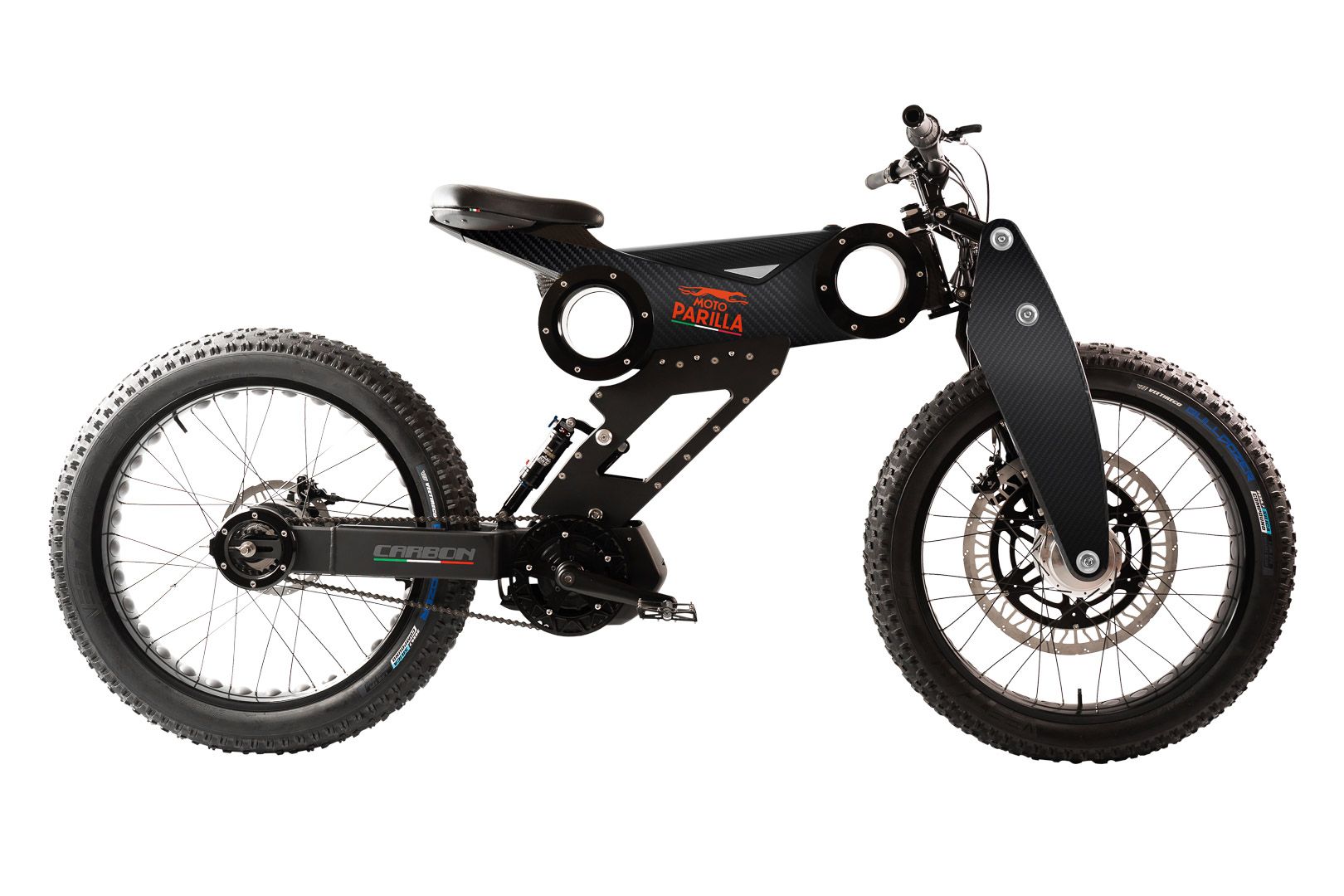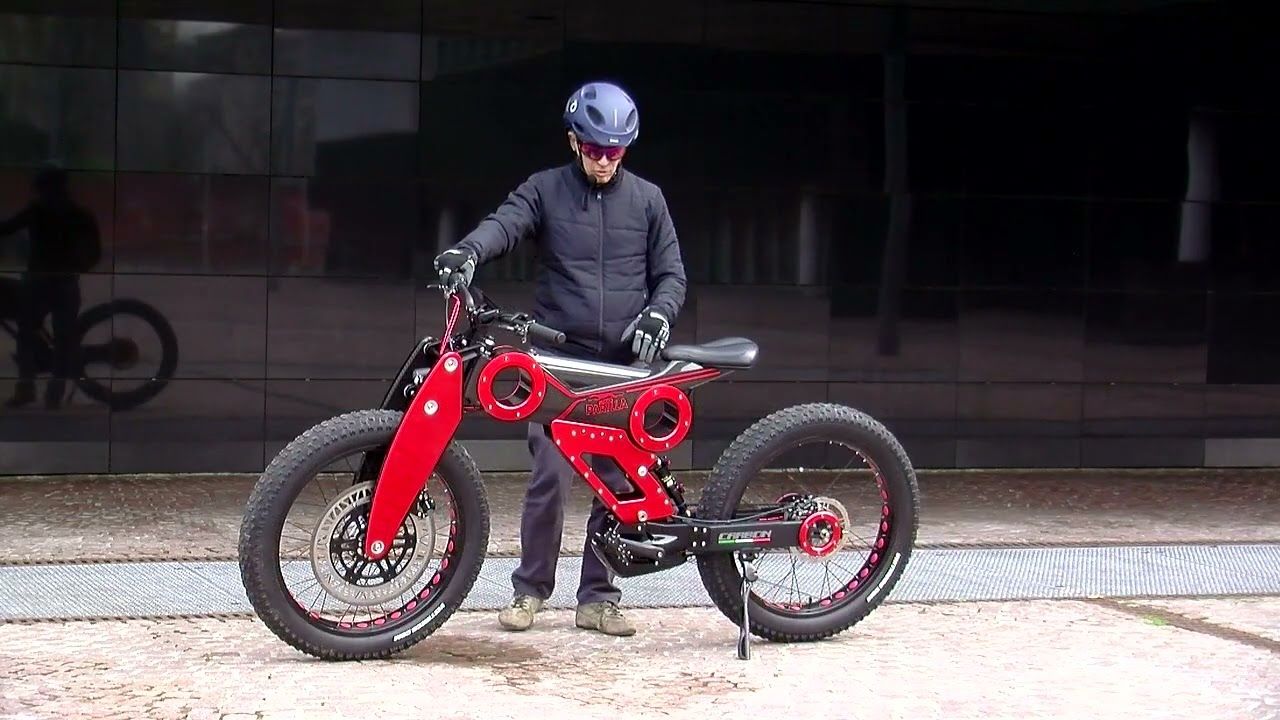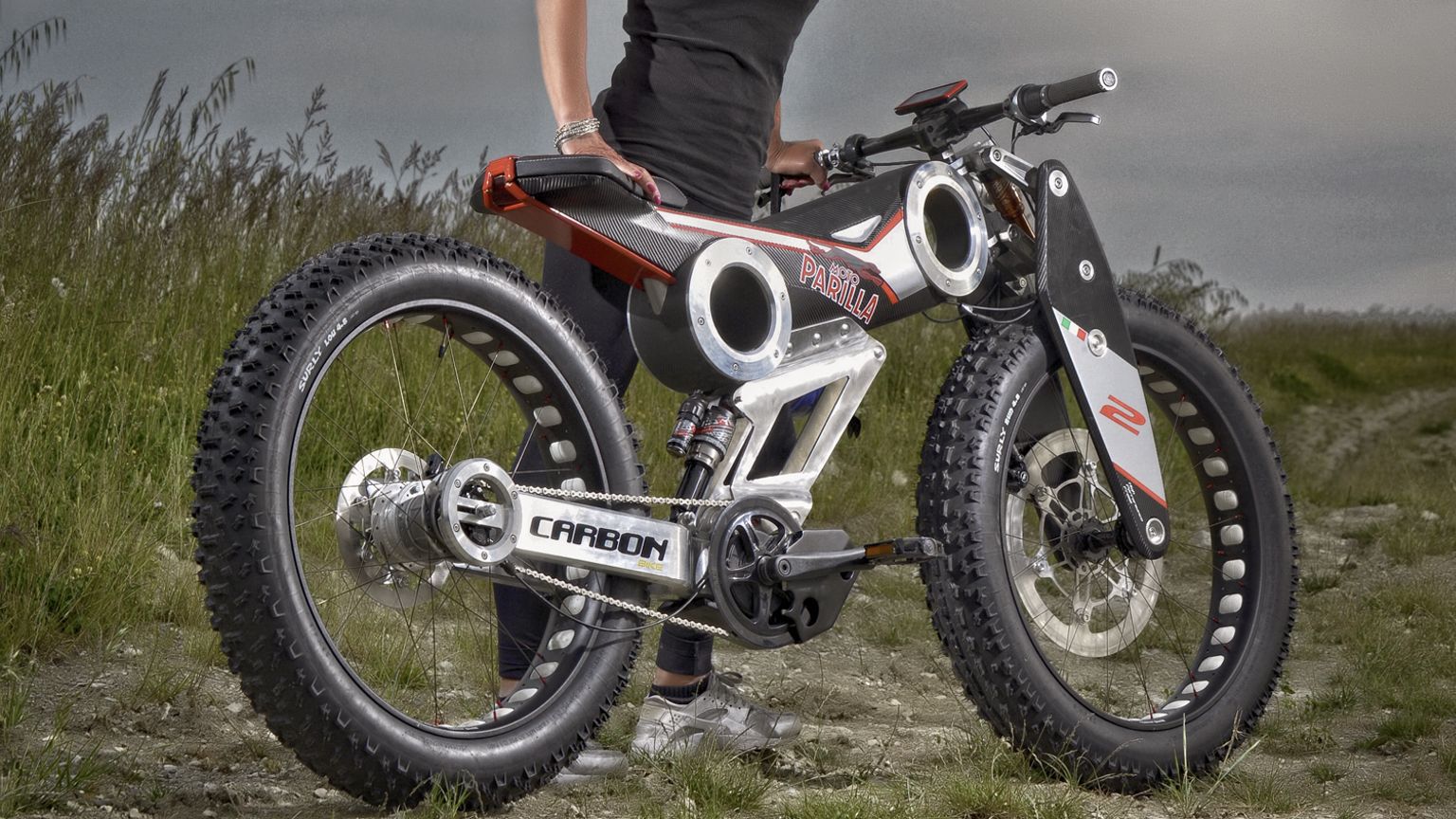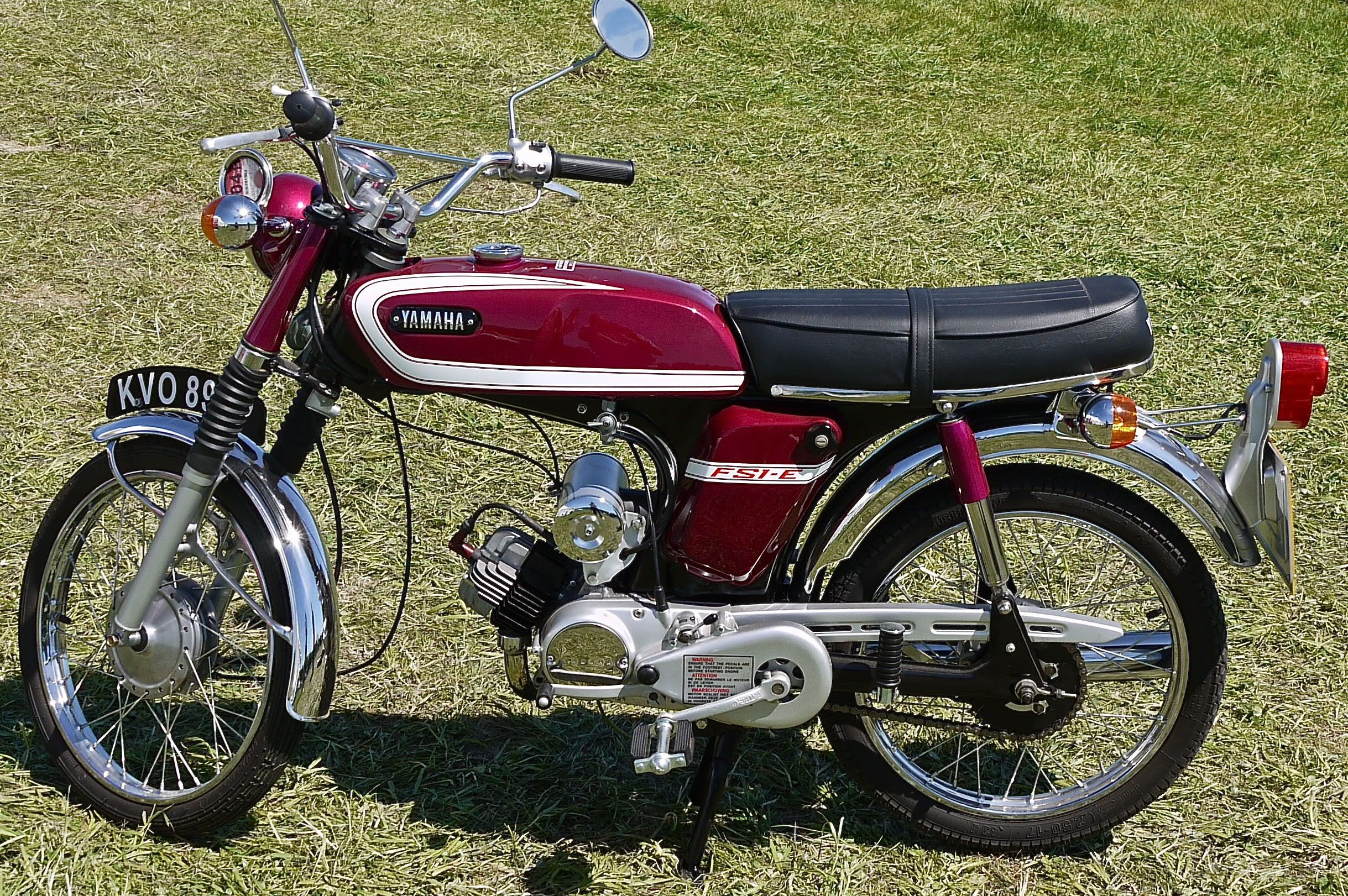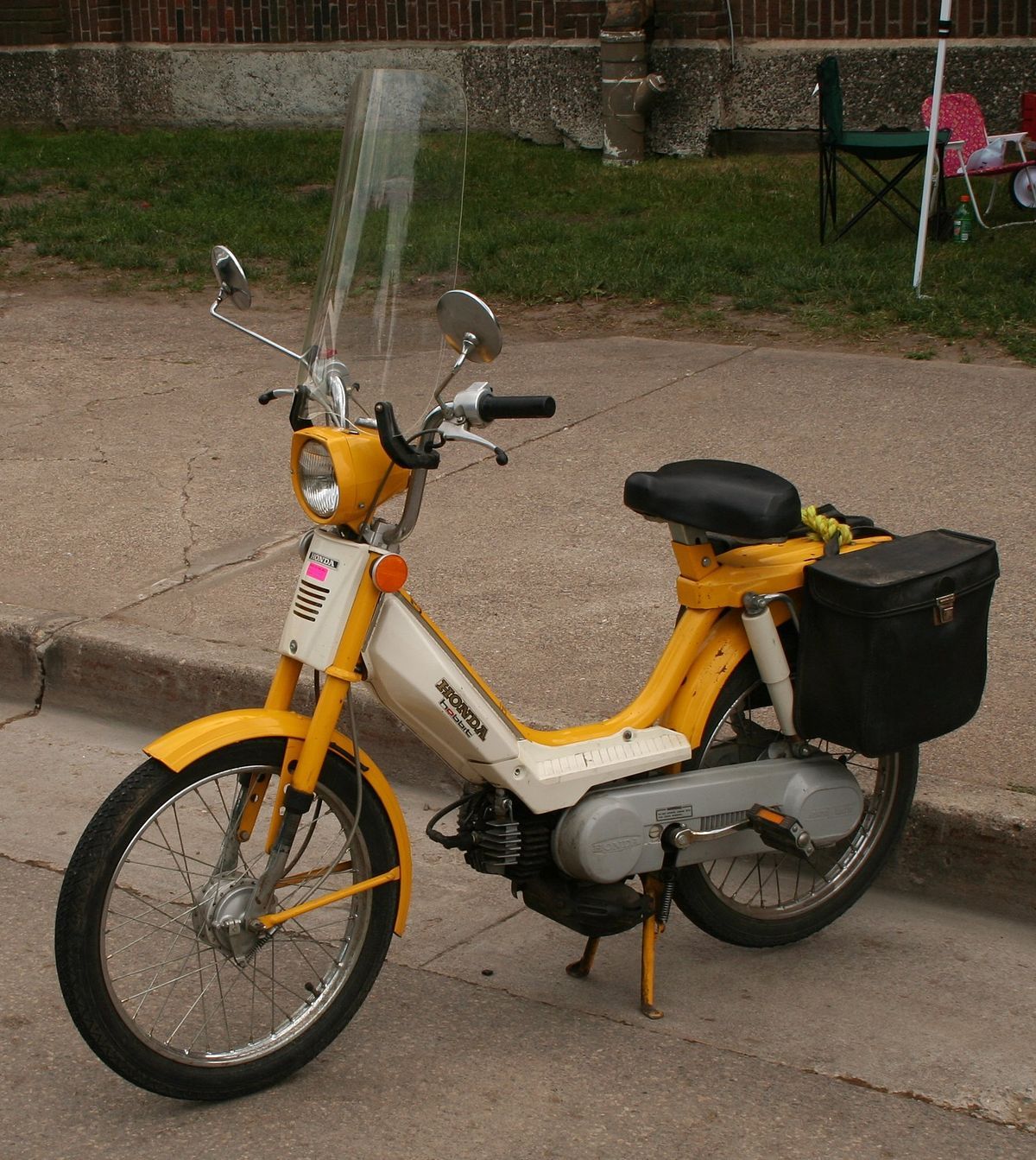The rise of electric power for personal transport - be it car or bike - is bringing a whole new design language to the market. But is the consumer ready for them?
Do We Want our Bike To Look Like This?
The consumer is a strange animal: push him too far, too soon, and your product could find itself dead in the water before its even learned to swim.
It's not a new phenomenon. Back in the mid-1930s, Chrysler introduced the Airflow model, which was the first automobile to be designed with aerodynamics in mind. But it was too much, too soon: the buying public wasn't ready for such a leap in design and appearance: the car was a flop.
Thus was born the General Motors idea of the annual model, whereby changes to a particular model's design would be gradual, so as to not frighten the buyer off. Thus, the Cadillac's tail fins started off as small nubs in 1948 and grew from there. Imagine if the public had suddenly been presented with the fins from the 1959 Cadillac with no prior warning: there would have been a civil war!
Pretty much from that day forward, designers have been too wary of pushing design too far for fear of losing sales and it's the same whether we're talking about cars or bikes.
But things are changing. With the rise of the electric motorcycle and, more importantly, lots of little start-up companies building electric motorcycles with no heritage to worry about, motorcycle design is being revolutionised.
Of course, this is made all the easier by the fact that an electric moped, scooter or motorcycle has no engine in the traditional sense to accommodate. The architecture of one of these vehicles is so different to what we're used to that a new design language has to be invented for it.
The problem here is that, if the new breed of electric motorcycle looks too different to what we know and are familiar with, then we might find a lot of the traditional motorcycle buying market simply walks away in disgust.
That shouldn't be too much of a problem as the new generation of consumers who will be buying the new breed of personal transport won't give two figs for how things used to be: they have no preconceptions and are only interested in the now.
Perhaps this conservatism on the part of the consumer has been too much of a handbrake in terms of motorcycle design? Certainly, the new breed of electric scooter and motorcycle designs are proving that there is plenty of original thinking going on.
One such is the new Moto Parilla Carbon electric moped. Way back, 50cc two-stroke mopeds strove to look like miniature versions of their much bigger brothers. Nowadays, mopeds are becoming works of art in their own right, with little or no reference to what large-capacity ICE motorcycles look like.
The Moto Parilla Carbon brings the moped concept kicking and screaming into the 21st century. There's a carbon monocoque frame and single shock suspension at the front and rear. The front end uses carbon fork blades in place of telescopic forks. It's not new technology - motorcycles were using 'girder' forks way before the telescopic fork became the norm after the second world war.
What's more, bicycle thinking goes into the design, with the frame being available in three sizes to accommodate different rider heights.
Yes, this could be seen as an electrified mountain bike, with 26-inch wheels wearing bulbous tyres and bicycle disc brakes front and rear, but what isn't in doubt is that this is the future of urban transportation.
Whether you like it or not!

